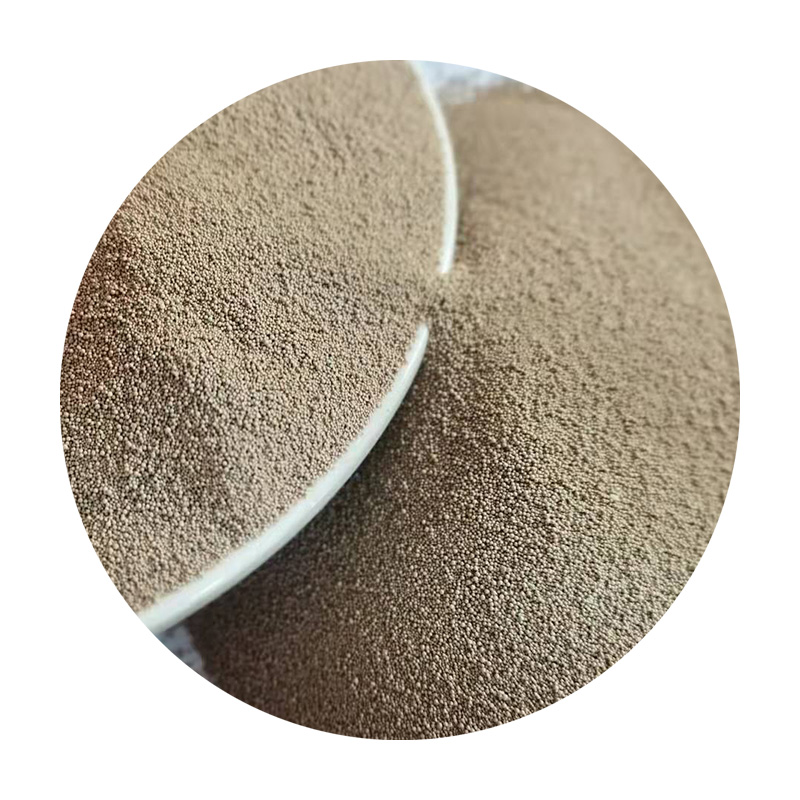The Art and Science of 3D Sand Casting
3D sand casting is an innovative method in the field of metal casting that combines traditional sand casting techniques with modern 3D printing technology. This process allows for the production of complex geometries and highly detailed components, revolutionizing the way industries approach metal fabrication.
What is Sand Casting?
Sand casting is one of the oldest and most widely used casting processes. It involves creating a mold from a mixture of sand, clay, and water, into which molten metal is poured. The mold is typically formed by compacting the sand around a pattern, which can be made of metal, wood, or plastic. Once the metal cools and solidifies, the sand mold is removed, revealing the final cast part. This method is favored for its ability to produce large and intricate parts without the need for expensive tooling.
The Role of 3D Printing
The integration of 3D printing into the sand casting process has taken this time-honored technique to new heights. 3D printing allows manufacturers to create complex patterns and molds directly from digital designs, eliminating many of the traditional steps necessary for mold production. This advancement not only accelerates the design-to-production timeline but also enhances the capabilities to produce customized and complex parts that were previously challenging to achieve.
By using technologies such as binder jetting, manufacturers can print sand molds layer by layer, applying a liquid binder to hold the sand together. This method allows for the creation of molds with intricate internal geometries that traditional molding processes cannot replicate. Additionally, the ability to quickly iterate designs means that adjustments can be made on-the-fly based on testing and feedback, significantly reducing development time.
Advantages of 3D Sand Casting
The advantages of 3D sand casting are manifold
1. Complex Geometries 3D sand casting can produce components with intricate designs, reducing the need for machining and assembly, which can be both time-consuming and costly.
3d sand casting

2. Customization As industries strive for personalized solutions, 3D sand casting enables the production of custom parts without the extensive lead times associated with traditional molds.
3. Material Efficiency The additive nature of 3D printing allows for the optimized use of materials, often leading to less waste compared to subtractive machining processes.
4. Cost-Effectiveness While high initial costs for 3D printing technology may be a consideration, the reduction in material waste, faster production times, and minimized labor can lead to significant cost savings in the long run.
5. Sustainability With a focus on material efficiency and the potential for recycling sand, 3D sand casting presents an environmentally friendlier alternative to some traditional casting processes.
Applications Across Industries
3D sand casting is making waves across various industries, including automotive, aerospace, and. In the automotive sector, for instance, it enables the rapid prototyping of engine components and customized parts for high-performance vehicles. In aerospace, where weight and precision are critical, 3D sand casting can produce lightweight yet durable components with complex internal structures for maximum strength.
The Future of 3D Sand Casting
As technology continues to advance, the future of 3D sand casting looks promising. Ongoing improvements in 3D printing materials and techniques promise to expand the capabilities and applications of this innovative process. The convergence of casting and additive manufacturing will likely redefine the landscape of metal fabrication, driving efficiency and creativity in design.
In conclusion, 3D sand casting represents a significant evolution in the casting industry, merging traditional practices with cutting-edge technology. This amalgamation not only streamlines production processes but also offers exciting possibilities for the development of complex, customized products that meet the ever-changing demands of modern industries.
Post time:নভে. . 26, 2024 14:12
Next:Hiekka- ja jäädytysmenetelmät eri hiekkatyyppien käytössä
